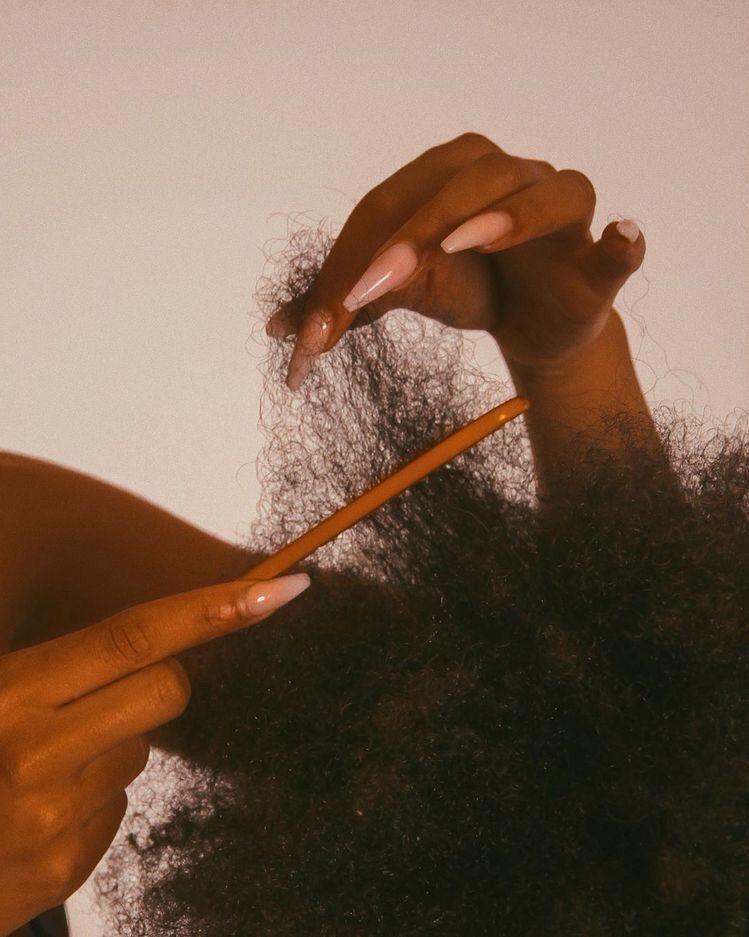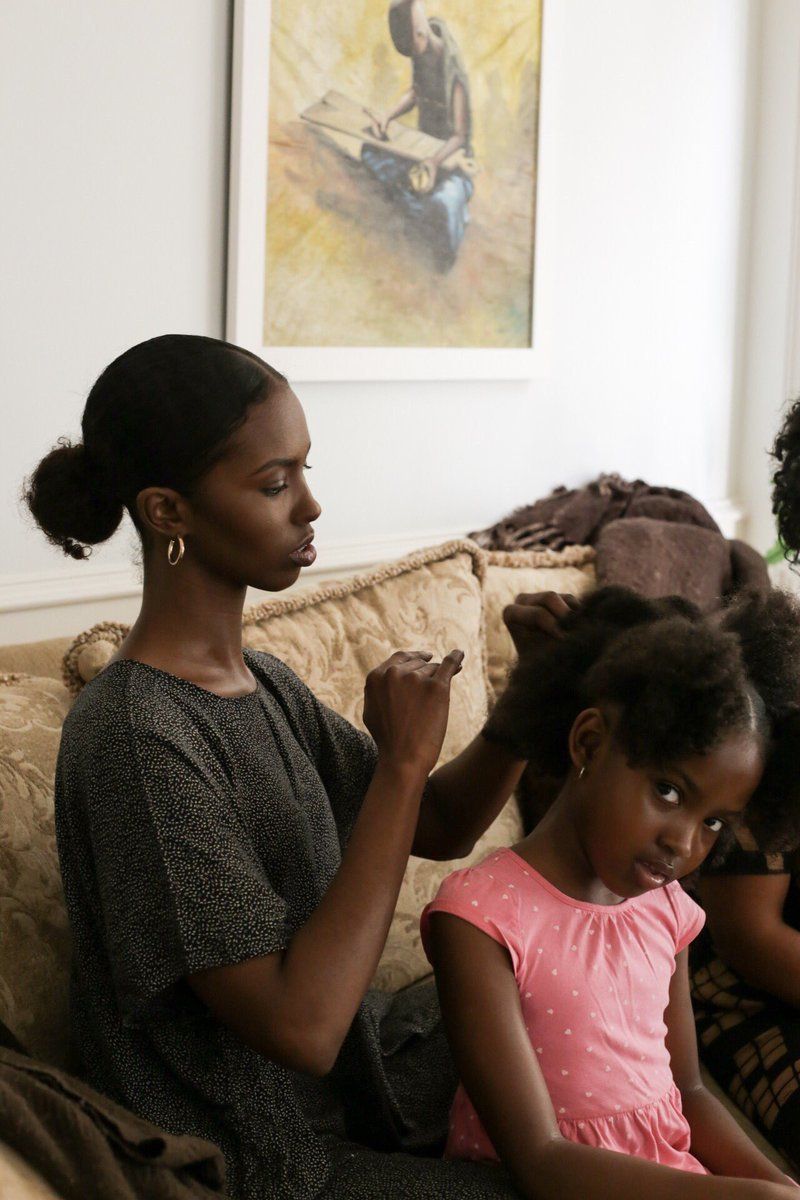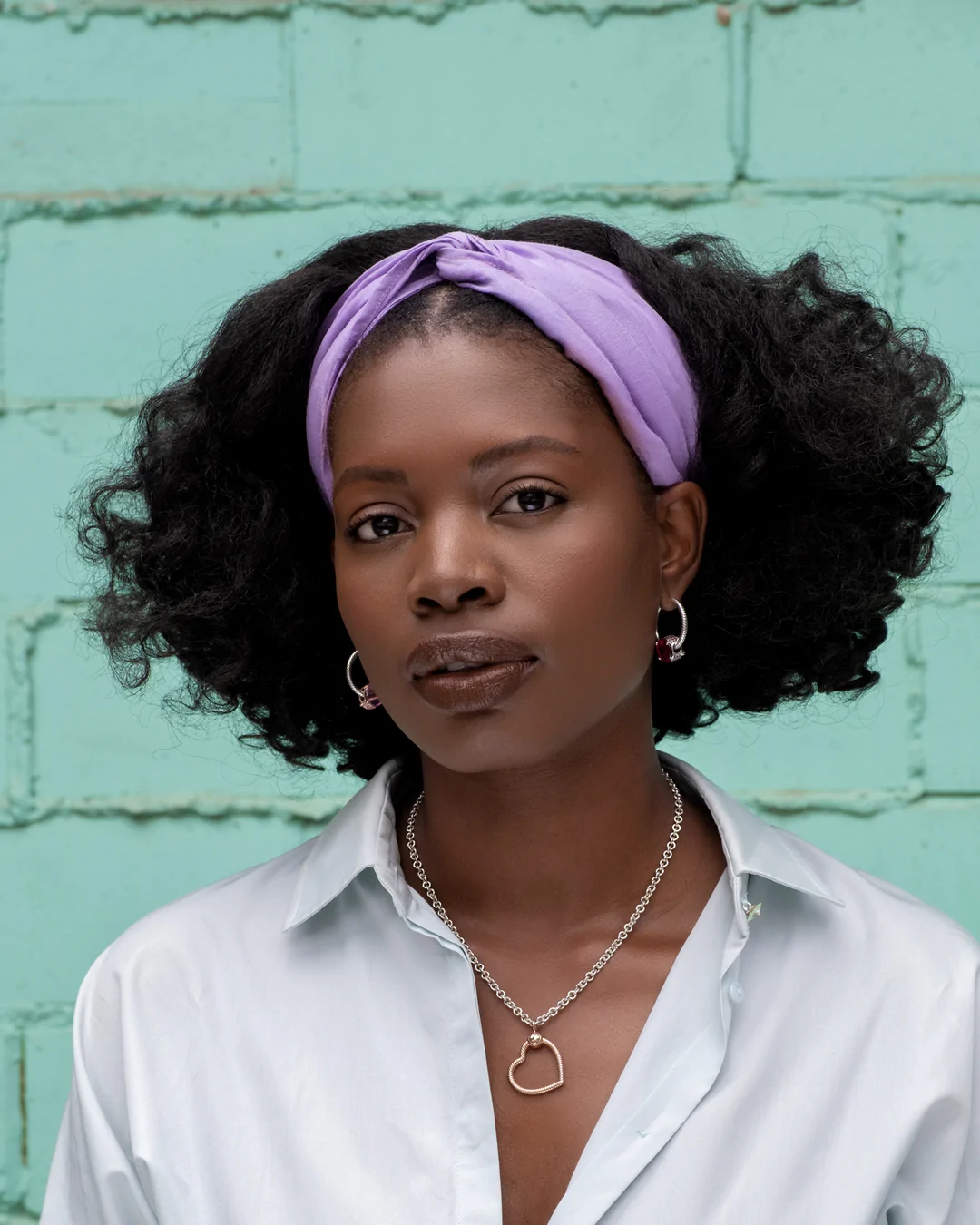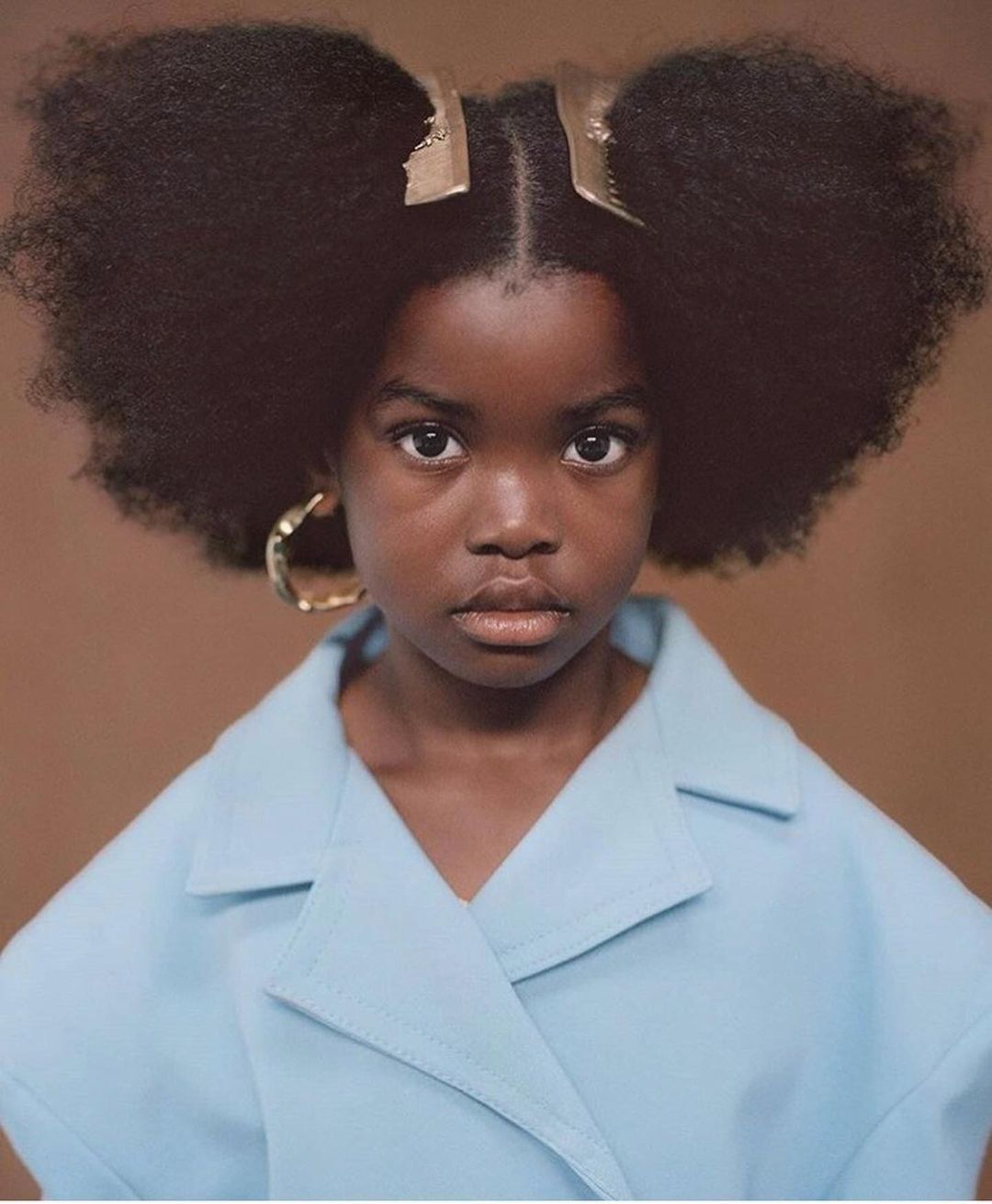Hair Typing Systems: The Misconceptions and History

If you or your child are beginning your natural hair journey, chances are you have been introduced to the concept of Hair Typing. In a world of 4A's, 3B's, and 2C's, Hair Typing has become highly criticized, and conversations surrounding it can confuse many. Hair Typing references much more than hair texture. Hair Typing also encompasses your hair circumference(how wide it is) and natural curl definition and can be the basis of a purposeful conversation. Your hair type, like hair porosity, allows you to discover product recommendations, hair commonalities, and techniques amongst the natural hair community aiding in your natural hair journey. Whether you reference the Hair Typing chart or not, it's essential to know its history.
The History of Hair Typing.
Many sites will credit the Hair Typing system to celebrity hairstylist Andre Walker. That is only partially correct. Although hair typing has grown in popularity recently, it has been around since the early 1900s, as highlighted by Byrdie.
Hair Color Gauge
The "hair color gauge" is a tin box containing 30 different colors and textures of synthetic hair designed by German scientist Eugen Fischer. Fischer used this object to determine Namibians' relativeness of "whiteness" according to their hair texture and color. Fischer would later contribute to the Anti-Semantic Numerberg Laws established by Nazi Germany.
The Pencil Test

Another documented form of Hair Typing was the Apartheid Pencil Test. This test was performed to determine the racial identity in South Africa and distinguish between white, coloreds, and blacks. Many partially attribute this test to the division of families and communities along perceived racial lines. The test would place pencils in individuals' hair; if the hair could hold the pencil while shaking, the individual would be identified as non-white.
The Modern Hair Typing System
The modern hair typing system as we know it was introduced by celebrity hairstylist Andre Walker in the 1990s on the Oprah Winfrey Show. Walker established this system and referenced it to promote his hair product collection. Walker divided hair into four categories: straight, wavy, curly, and coily. Each category corresponds to the following types;
- Type 1:Straight, "straightest" of strands
- Type 2: Loose waves
- Type 3: O-shaped curls
- Type 4: tightest coils
Further development of this system has made amendments to include subcategories with corresponding letters. These letters are representative of hair texture. Following the below format;
- Type 1
- 1A - straight with fine strands
- 1B - medium/thick strands
- 1C - thick/coarse strands
- Type 2
- 2A - straight with fine strands
- 2B - medium/thick strands
- 2C
- Type 3
- 3A
- 3B
- Type 4
- 4A
- 4B
- 4C
Hair Type doesn't equate to Hair Health.
As mentioned above, hair typing can aid in hair styling. Additionally, it can help determine how different chemicals interact with your hair. Hair Type can set an expectation of how hair responds to product but goes beyond that. There are other factors to account for, such as hair porosity and elasticity. These factors and others are why the Modern Hair Typing Chart is highly criticized today.
Problems with the Hair Typing Chart and Why it's Criticized
The Hair Typing system can be beneficial to many in understanding your hair type and texture; however, it isn't the blueprint. The chart doesn't account for the different textures throughout your hair. Additionally, it doesn't account for how climate and other environmental factors can ultimately impact your hair pattern. Many also feel that the hair type charting system further divides the natural hair community and reinforces the idea that Afro-textured hair is lesser than straighter textures, a term known as "texturism." After all, the formation of the chart is rooted in racism, like many things if we look at history. There's nothing wrong with knowing and typing your hair; however, one can argue that porosity is a much more critical hair aspect to learn and study.
Alternative Hair Typing System
The development of alternative Hair Typing systems occurred to further aid in the development of Hair Typing. It is unclear when but sometime after introducing the four categories referenced above in the Andre Walkers system, subcategories with letter assignments were developed to account for the thickness of hair strands. These subcategories exist in the FIA and LOIS Hair Type Systems. These charts' definitions and format of each category vary.
FIA Hair Typing System
The FIA Hair Typing is similar to the Andre Walkers system but accounts for thickness, porosity, and volume. FIA follows the below format;
- Type 1
- 1A- stick straight, absent of curl
- 1B- straight but with a slight body wave, just enough to add some volume, doesn't look wavy
- 1C- straight with body wave and one or two visible S-waves (e.g., nape of neck or temples)
- Type 2
- 2A- loose, stretched out S-waves throughout the hair
- 2B- shorter, more distinct S-waves (similar to waves from braiding damp hair)
- 2C- distinct S-waves and the odd spiral curl forming here and there
- Type 3
- 3A- big, loose spiral curls
- 3B- bouncy ringlets
- 3C- tight corkscrews (This category does not exist in the Andre Walker system.)
- Type 4
- 4A- tightly coiled S-curls
- 4B- tightly coiled hair bending in sharp angles (Z-pattern)

Note that the FIA Hair Type reflects a 3C category and does not reflect a 4C subcategory - two critical differences between the Andre Walker Hair Typing System. Additionally, the FIA System adapts a less broad approach similar to LOIS(discussed below).
The LOIS Hair Typing System
Unlike the Andre Walker and FIA Systems, the LOIS System considers hair strand pattern, thickness, texture, and porosity. LOIS follows the following format;
- L- the pattern is determined by sharp angles and bends, with hardly any curvature to the strands.
- O- strands curl or coil creating a shape closest to the letter O
- I- strands are straight and don't have any significant bends, curls, or coils.
- S- strands curve creating variations of the letter S.
The LOIS System splits texture into five categories, and each category consists of different characteristics;
- thready
- Low to moderate sheen
- High shine when stretched
- Absorbs water quickly but loses it quickly
- Low frizz
- These textures tend to take to chemicals like color and relaxer quickly
- wiry
- Has a sparkly sheen
- Low shine
- Water tends to bead up on the hair, making it resistant to absorbing moisture.
- Low frizz
- Resistant to breakage and chemicals.
- cottony
- Low sheen
- Low shine unless it’s stretched or straightened
- Accepts water readily but is slow to absorb it
- High frizz
- Hair has a standard processing rate for chemicals.
- spongy
- High sheen
- Low shine, even when stretched
- It absorbs water, but it takes a while to feel saturated
- Has compact high frizz
- Average processing rate for chemicals.
- silky
- Low sheen
- High shine
- Absorbs water very quickly and is easily saturated
- Can have both high or low frizz
- Fine strands
When it comes to Hair Typing, if anything, the various systems should indicate that Hair Type is only a tiny pixel in regards to the bigger picture. It is much more than the appearance of your curls. Hair Typing is only the beginning and by no means an indication of whether one hair type is better than the other.




Comments